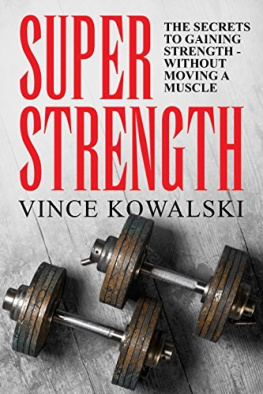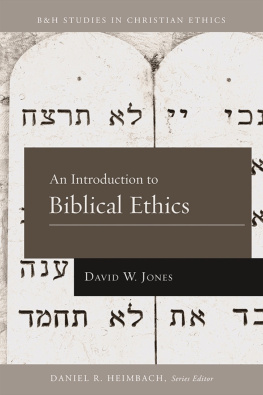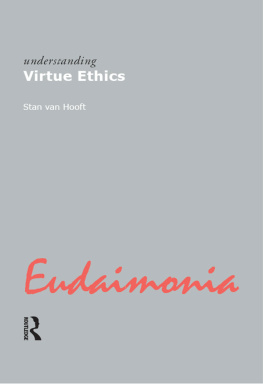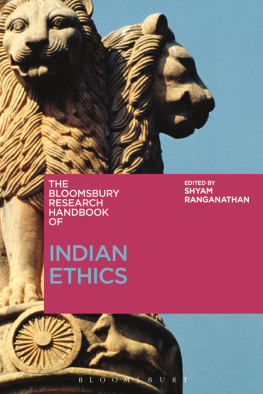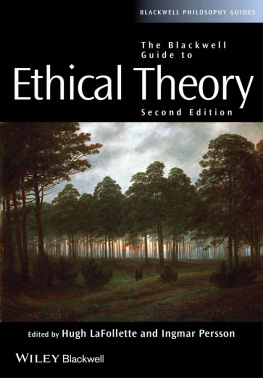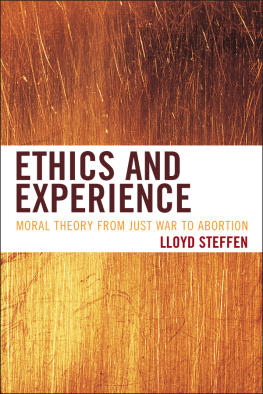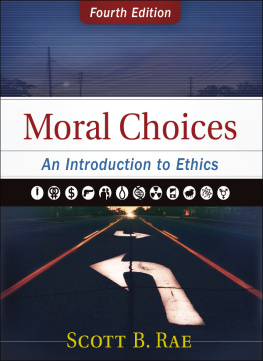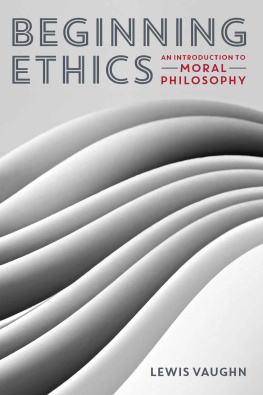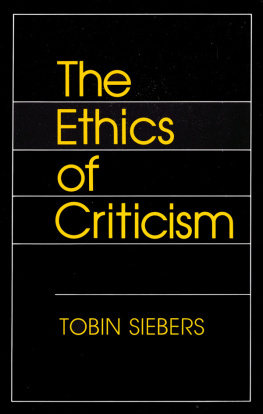Kowalski - Moral theory at the movies: an introduction to ethics
Here you can read online Kowalski - Moral theory at the movies: an introduction to ethics full text of the book (entire story) in english for free. Download pdf and epub, get meaning, cover and reviews about this ebook. City: Lanham;MD, year: 2012, publisher: Rowman & Littlefield Publishing Group, Inc., genre: Romance novel. Description of the work, (preface) as well as reviews are available. Best literature library LitArk.com created for fans of good reading and offers a wide selection of genres:
Romance novel
Science fiction
Adventure
Detective
Science
History
Home and family
Prose
Art
Politics
Computer
Non-fiction
Religion
Business
Children
Humor
Choose a favorite category and find really read worthwhile books. Enjoy immersion in the world of imagination, feel the emotions of the characters or learn something new for yourself, make an fascinating discovery.

- Book:Moral theory at the movies: an introduction to ethics
- Author:
- Publisher:Rowman & Littlefield Publishing Group, Inc.
- Genre:
- Year:2012
- City:Lanham;MD
- Rating:4 / 5
- Favourites:Add to favourites
- Your mark:
- 80
- 1
- 2
- 3
- 4
- 5
Moral theory at the movies: an introduction to ethics: summary, description and annotation
We offer to read an annotation, description, summary or preface (depends on what the author of the book "Moral theory at the movies: an introduction to ethics" wrote himself). If you haven't found the necessary information about the book — write in the comments, we will try to find it.
Kowalski: author's other books
Who wrote Moral theory at the movies: an introduction to ethics? Find out the surname, the name of the author of the book and a list of all author's works by series.
Moral theory at the movies: an introduction to ethics — read online for free the complete book (whole text) full work
Below is the text of the book, divided by pages. System saving the place of the last page read, allows you to conveniently read the book "Moral theory at the movies: an introduction to ethics" online for free, without having to search again every time where you left off. Put a bookmark, and you can go to the page where you finished reading at any time.
Font size:
Interval:
Bookmark:
D ean A. Kowalski is associate professor and UW-Colleges Philosophy Department Chair at the University of WisconsinWaukesha. He is the author of Classic Questions and Contemporary Film: An Introduction to Philosophy . He is the editor of The Big Bang Theory and Philosophy and the coeditor of The Philosophy of Joss Whedon, The Philosophy of The X-Files, and Steven Spielberg and Philosophy.
I must begin by thanking those at Rowman & Littlefield. Ross Miller courageously but enthusiastically contracted the book. When he left the company, Jon Sisk and Darcy Evans patiently but vigilantly nurtured its completion. The production team, led by Lynn Weber, was also tremendously supportive and cooperative in bringing the project to fruition.
I owe debts of gratitude to those who read and commented on earlier versions of the manuscript, including two insightful anonymous reviewers. I am grateful for the efforts of my UW-Colleges colleagues. Tim Dunn and Bill Schneider graciously offered their insights on a moments notice. Joseph Foy, David Louzecky, Dale Murray, and Dan Putman kindly read and commented upon chapters 9, 8, 1, and 10 respectively. I am especially grateful to colleagues Stephen Schmid and Alan V. White for reading and commenting upon multiple chapters. And I am grateful to Tom Riley. Not only has he been a strong advocate of the project from the beginning, he also helped me frame chapter 11. I regret that he wasnt more involved, but his creative fingerprints can be found throughout the finished product. With all of this quality help, it goes without saying that any remaining infelicities are undoubtedly due to my inability to properly incorporate my colleagues sage advice.
A project of this magnitude requires a diligent support team at home. I note Nicholas and Cassie, who waited patiently for daddy to finish yet another book. My wife, Patricia, has been incredibly patient, understanding, and kind. Without her, this book never gets finished.
Yet my largest debt of gratitude is certainly owed to my first teachers about right and wrong: my parents. Before I could spell Kant or Aristotlebefore I could spell anythingthey imparted to me the wisdom of doing the right thing and being a good person. With loving appreciation, I dedicate this book to them.
THANK YOU FOR SMOKING (2005)
Director and Screenwriter: Jason Reitman
Thats the beauty of argument; if you argue correctly, youre never wrong.
N ick Naylor, the vice president of the Academy of Tobacco Studies, informs the public about all the research performed in the investigation of the effects of tobacco. He regularly appears on television and often does newspaper and magazine interviews. But today, he appears before his sons grade school class to explain his job. He informs Joeys classmates that he is a bit like a movie star; he talks for a livingon behalf of cigarettes. A girl volunteers that her mommy believes cigarettes kill. Immediately, Nick retorts, Really, is your mommy a doctor, or a scientific researcher of some kind? When the blond-haired cherub answers no, Nick quickly concludes, Well, she doesnt exactly sound like a credible expert now, does she? Nick clarifies that its good to listen to parents, but there will always be people trying to tell you what to do and what to think. He is merely pointing out that when someone tries to act like some sort of an expert, you can respond, Who says? A puzzled little boy calls out, So cigarettes are good for you? The teacher jumps out of her chair: No! Nick further clarifies: Thats not what Im getting at; my point is that you have to think for yourself. The children would never accept simply being told that chocolate was dangerous. So Nick suggests that they should find out for themselves about cigarettes.
After school, Nick and Joey spend the evening together, as they do almost every weekend since the divorce. Joey looks up and asks his dad for help with his homework, an essay to explain why America has the best government. Nick, after expressing some scorn about the assignment, indignantly asks whether America indeed has the best government in the world and what the phrase best government might mean in the first place. Joey initially rolls his eyes; however, he becomes intrigued when Nick claims that the question calls for a B.S. answer. Nick reiterates, Because even if America had the best government, thered be no way to prove it, and definitely not in two pages. Nick assures Joey that he can write pretty much whatever he wants; any answer will be correct.
BOX 1A: INSIDE THANK YOU FOR SMOKING
Thank You for Smoking raises many interesting moral issues, including whether there are ethical constraints on how a person should employ arguments and rhetoric. It also vividly raises the issue of whether there should be any moral limits on behaviors that individuals know to be harmful (like smoking) and, in turn, what role the government or others generally should play in dissuading us from them. Along the way, it provides engaging (and sometimes humorous) examples of fallacious arguments and rhetorical devices. Being able to spot these allows one to be a better critical thinker and a more principled ethical decision maker.
To get a sense of how the movie portrays these issues, begin with scenes 2 and 3, continuing to 13:05 into scene 4. Scene 2 begins roughly at 5:50 into the film, with a white screen transitioning into a television studio audience. At 13:05 of scene 4, youll see Joey falling asleep on his dads lap. Then go to scene 9, which begins at 31:29. Here Joey has a discussion with his mother. Continue watching until 32:20, where Joey gets in the car with Nick, and Jill waves good-bye. Skip ahead to 35:20 in scene 9 to see Nick and Jeff Megall (Rob Lowe) discuss product placement. Continue watching into scene 10, which begins at 37:48 with a shot of the Santa Monica Yacht Harbor Cafe sign. Pay close attention to the conversation between Joey and Nick until 39:45, where Joey and Nick enjoy ice cream on a Ferris wheel. Next go to scene 12, beginning at 51:06. This scene opens with a white screen transitioning into Finistirre and his aide walking down some stairs; watch until 53:25, where youll see a cutaway shot of an airplane in flight. At that point skip ahead to scene 13, which begins at 57:05 with Nick being abducted on the sidewalk. Continue watching until 59:23, where youll see Nick losing consciousness and the screen becomes white. Finally, go to scene 18, and continue watching to 1:25:07 of scene 19. Scene 18 begins roughly at 1:15:37 with a shot of the Senate hearing room. At 1:25:07 of scene 19, youll see BRs attempt to re-hire Nick, and Nicks response. Watching these scenes, along with reading the plot summary carefully, may give you a sufficient grasp of the movie.
Yet your instructor might show you the movie in its entirety or assign it to be watched outside of class. (If the latter, she might assign you to answer the trivia questions from Box 1B). Either way, a good way to proceed is to watch until scene 8, 30:55 into the film. (There is a fade to black here.) Stop to discuss or reflect on the movie. Skip ahead to scene 9 (thereby omitting the few R-rated shots of Nick and Heather alone together) and continue until scene 12, 53:25 into the film. Stop here for additional discussion or reflection on the movie. Skip ahead to scene 13 (again omitting some intimate moments between Nick and Heather), finish watching the film, and discuss or reflect on it as a whole.
Nick is summoned by the Captainthe last great man of tobacco and founder of the Academy of Tobacco Studies. The Captain is famous for introducing filters in 1952 after Readers Digest slammed cigarettes for being unhealthy. The Captain wishes to speak to Nick about the idea of bribing Hollywood producers to show actors smoke on screen. (This was Nicks idea, but Nicks boss BR seems to have taken credit for it.) The Captain authorizes the Hollywood plan and Nicks (other) idea of promoting an anti-teen-smoking campaign to the tune of fifty million dollars (so long as its not too persuasive, chuckles the Captain).
Font size:
Interval:
Bookmark:
Similar books «Moral theory at the movies: an introduction to ethics»
Look at similar books to Moral theory at the movies: an introduction to ethics. We have selected literature similar in name and meaning in the hope of providing readers with more options to find new, interesting, not yet read works.
Discussion, reviews of the book Moral theory at the movies: an introduction to ethics and just readers' own opinions. Leave your comments, write what you think about the work, its meaning or the main characters. Specify what exactly you liked and what you didn't like, and why you think so.

